Affiliate links on Android Authority may earn us a commission. Learn more.
What you need to know about Light, the company behind Nokia 9 PureView cameras
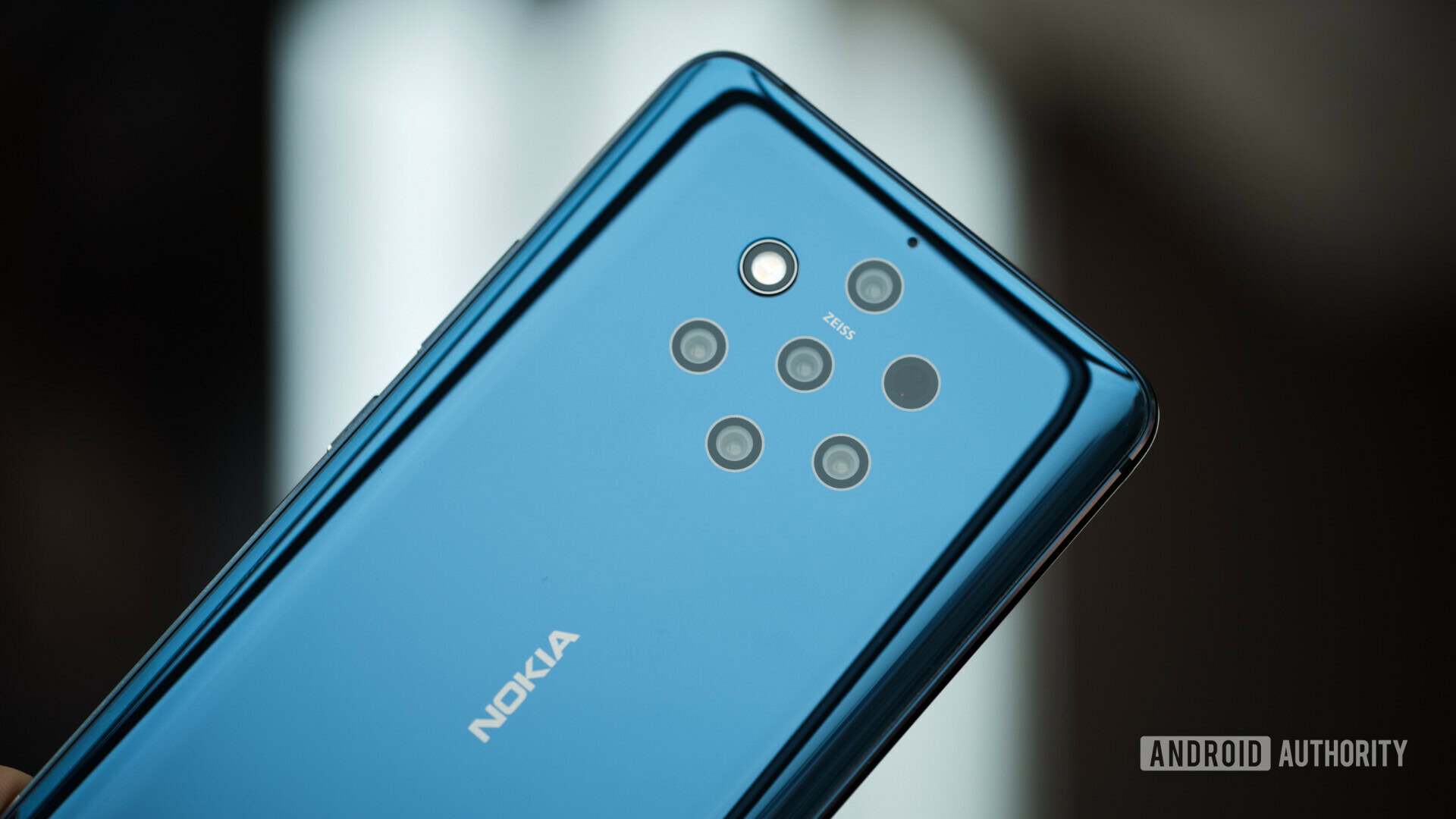
It seems like just yesterday that dual cameras became popular, yet we’re already moving to triple and even quadruple camera setups. But HMD Global laughs in the face of these smartphones, as its Nokia 9 PureView offers five rear cameras.
This is all thanks to Light camera technology, as the five rear cameras work in concert to deliver better quality photos. But who exactly is Light? Here’s what you need to know.
The Light camera appears
Light shot to prominence back in late 2017 with the release of its first consumer product, the Light L16, a dedicated camera that featured 16 (!) cameras. These shooters, ranging in focal length from 28mm to 150mm, all offering 13MP sensors.
When you hit the shutter, the L16 snaps an image from at least ten cameras, smartly combining them to offer a 52MP shot. The company says the camera array also enables 5x zoom and 13 stops of dynamic range.
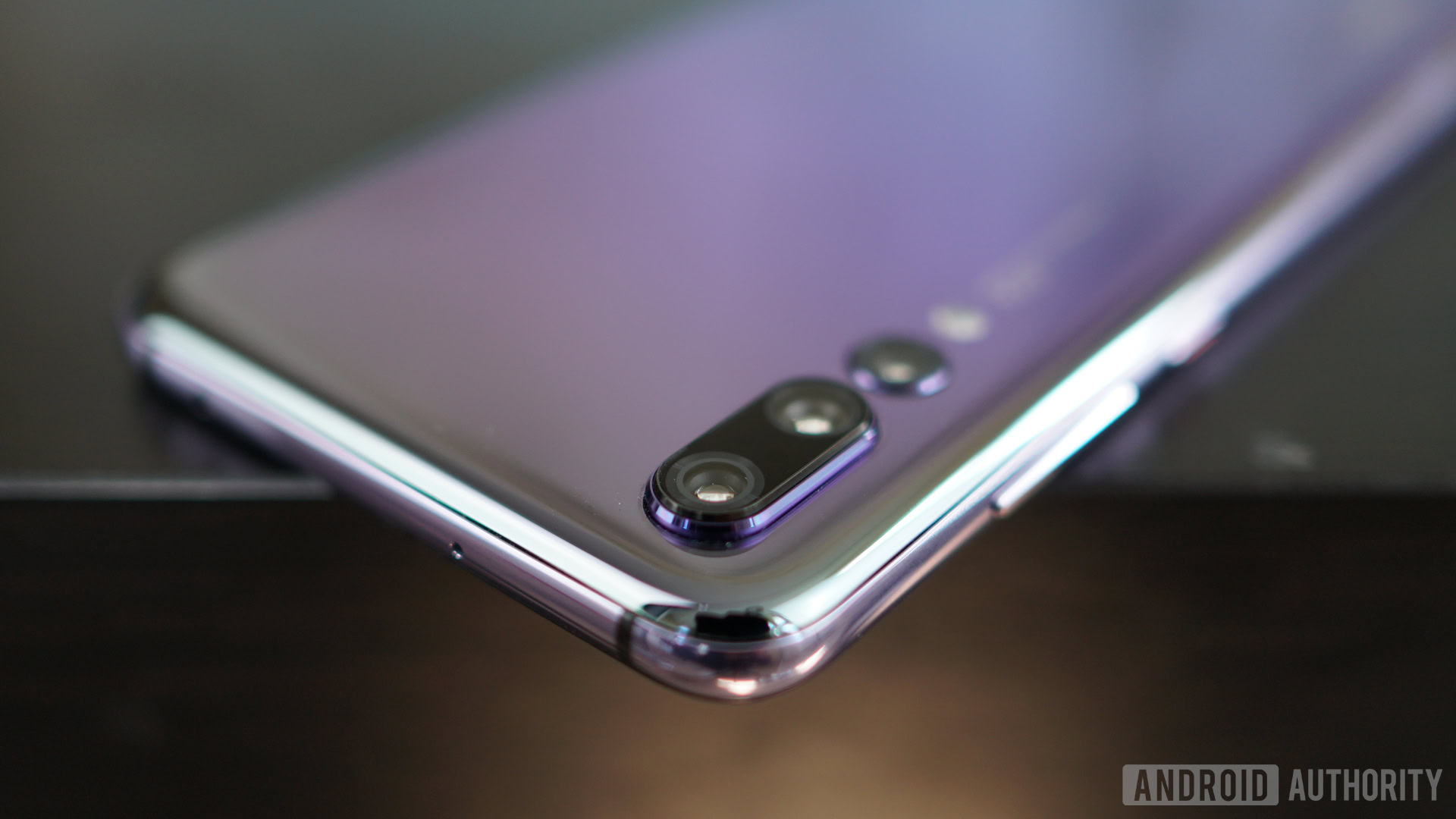
It all made for one of the most ambitious pieces of consumer tech in quite some time, but the Light L16 had a mixed critical reception. One of the biggest issues centered on the camera’s apparent stitching/blurring issues, as reviewers noted you could clearly see where photos were combined.
Other noteworthy complaints about the Light camera included the inability to share the full 52MP shot from the camera (shared files were limited to 13MPs), poor autofocus performance, a lack of image stabilization, and unpolished depth effects.
Still, Light’s approach has its merits, as critics praised the camera’s quality in the right situations, and the flexibility of the camera arrangement. The Light camera is also capturing a ridiculous amount of data, using the 2016-era Snapdragon 820 chipset to process this stream of information.
What could Light camera tech do on mobile?
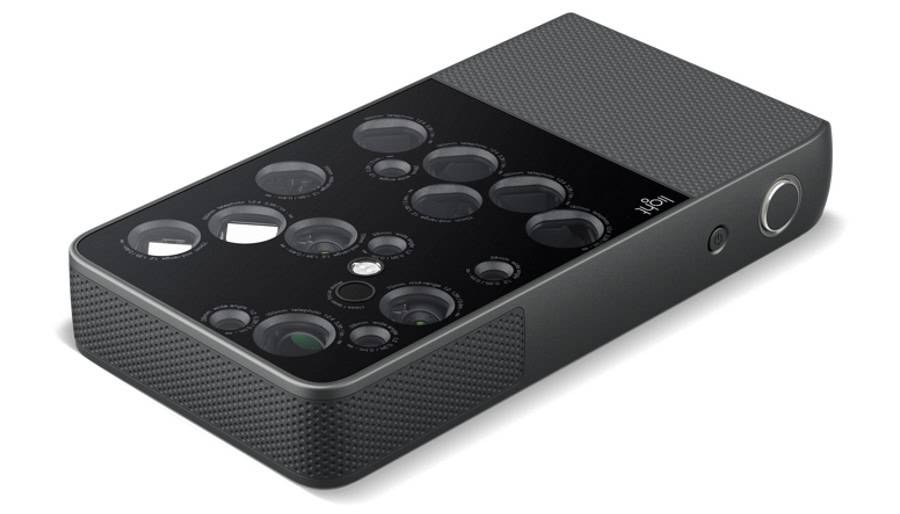
The multi-camera approach behind the Light L16 also applies to its smartphone division, as it offers mobile solutions from two to more than ten cameras. This seems like a slightly less bonkers approach to multi-lens computational photography. So what can you potentially do with a Light-powered phone?
Well, a peek at the Light website says its solution can capture up to ten times the amount of light data compared to conventional smartphone sensors, as well as 13 stops of dynamic range for HDR snaps. Additionally, the company says it can generate 3D depth maps with over 1000 layers, opening the door for finer control over depth effects.
The proof is in the pudding, however, and the Nokia 9 PureView represents the first time Light camera tech finds its way into the smartphone arena.
What does the Nokia 9 PureView offer?
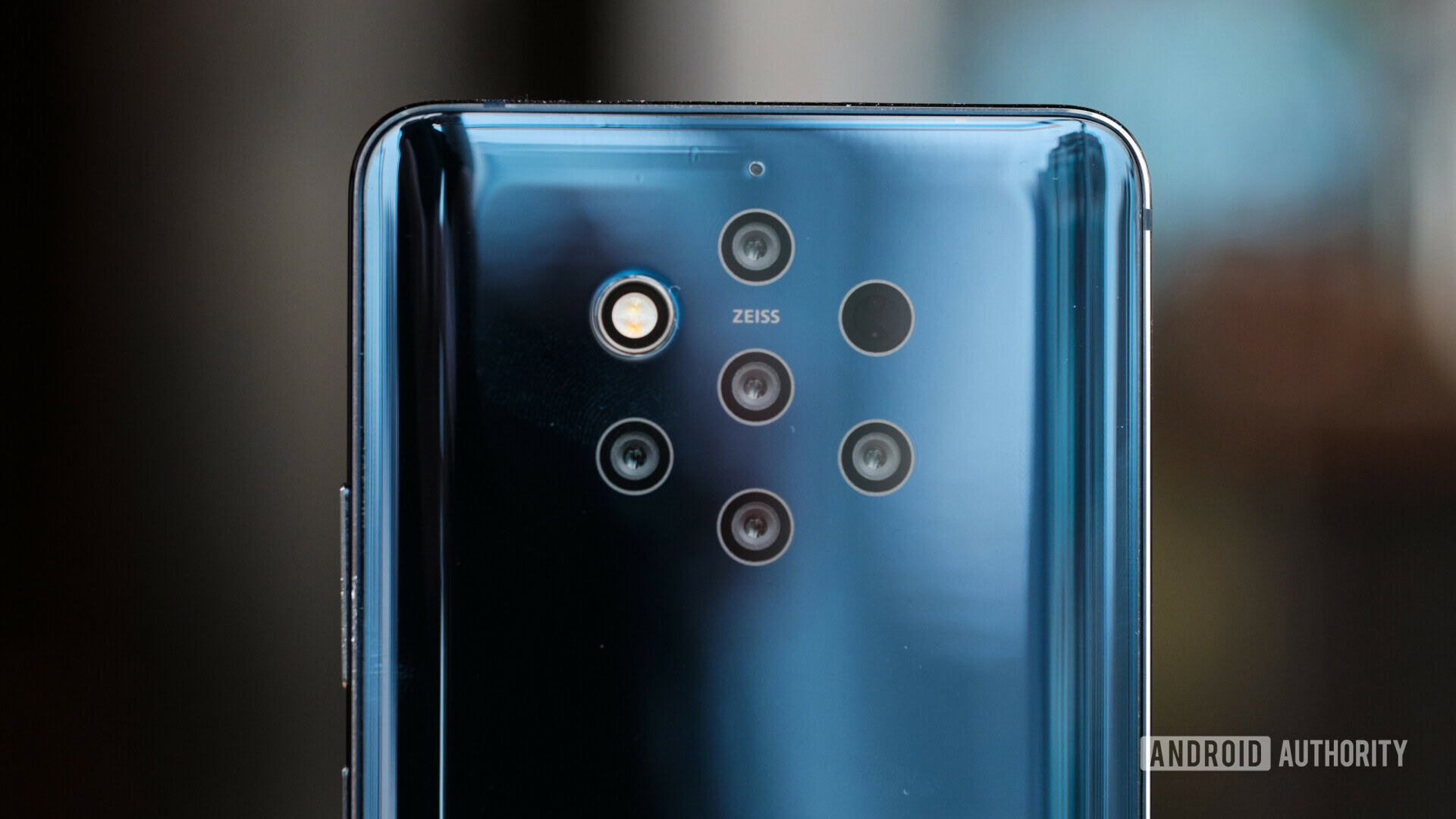
HMD and Light delivered a penta-camera setup on the back of the phone. The phone packs two RGB cameras and three monochrome cameras, all offering a 12MP resolution and f/1.8 aperture.
The Finnish mobile firm says the monochrome cameras each offer 2.9 times the light capturing capabilities as a traditional mobile camera. But the ability to combine all this camera data for one shot means we can expect ten times better low-light snaps compared to your conventional snapper. So this should result in better low-light performance in theory.
As the Light website suggests, HMD is also touting better depth effects here, claiming over 1,200 depth layers at your disposal. So if you ever wanted a finer degree of control over depth, then this might be up your alley.
Read: Thought quad camera phones weren’t enough? LG patent reveals 16 camera array
The Nokia brand custodian is also using Light camera silicon to assist with the sheer volume of image processing required. A dedicated Light chip seen on the L16 handles image fusion tech in addition to the Snapdragon 845 processor — after all, what’s the point of five rear cameras if the phone doesn’t have the ability to adequately process these shots?
All of this represents a starkly different approach to today’s multi camera phones, which tend to offer normal, wide and telephoto shooters. Whether this approach is the best one remains to be seen, but it definitely makes for a less versatile solution than rival phones.
Where next for Light?
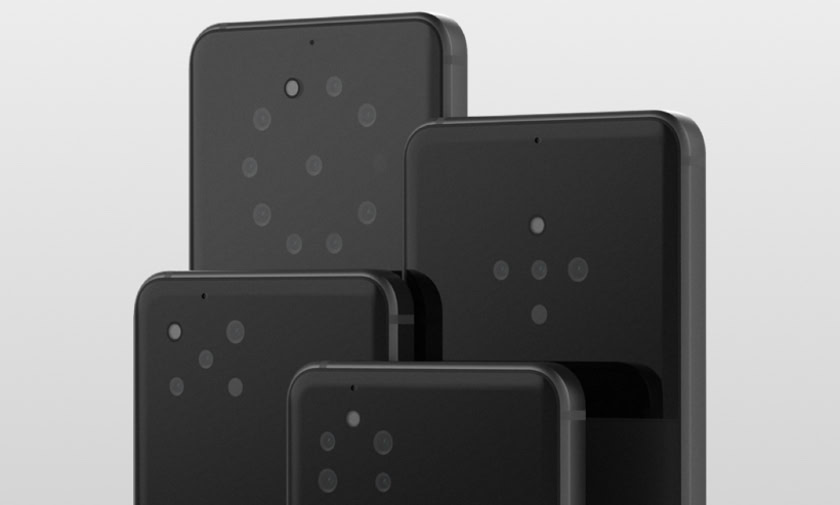
The Nokia 9 PureView is indeed official then, but Light announced a new partner several days before the Nokia launch. The company revealed that it’s working with Sony, combining Light camera tech with Sony camera sensors. Light and Sony’s agreement also enables the former to work with other manufacturers, as long as these brands are using Sony sensors. And with the exception of Samsung, almost every major OEM uses Sony sensors in its device portfolio.
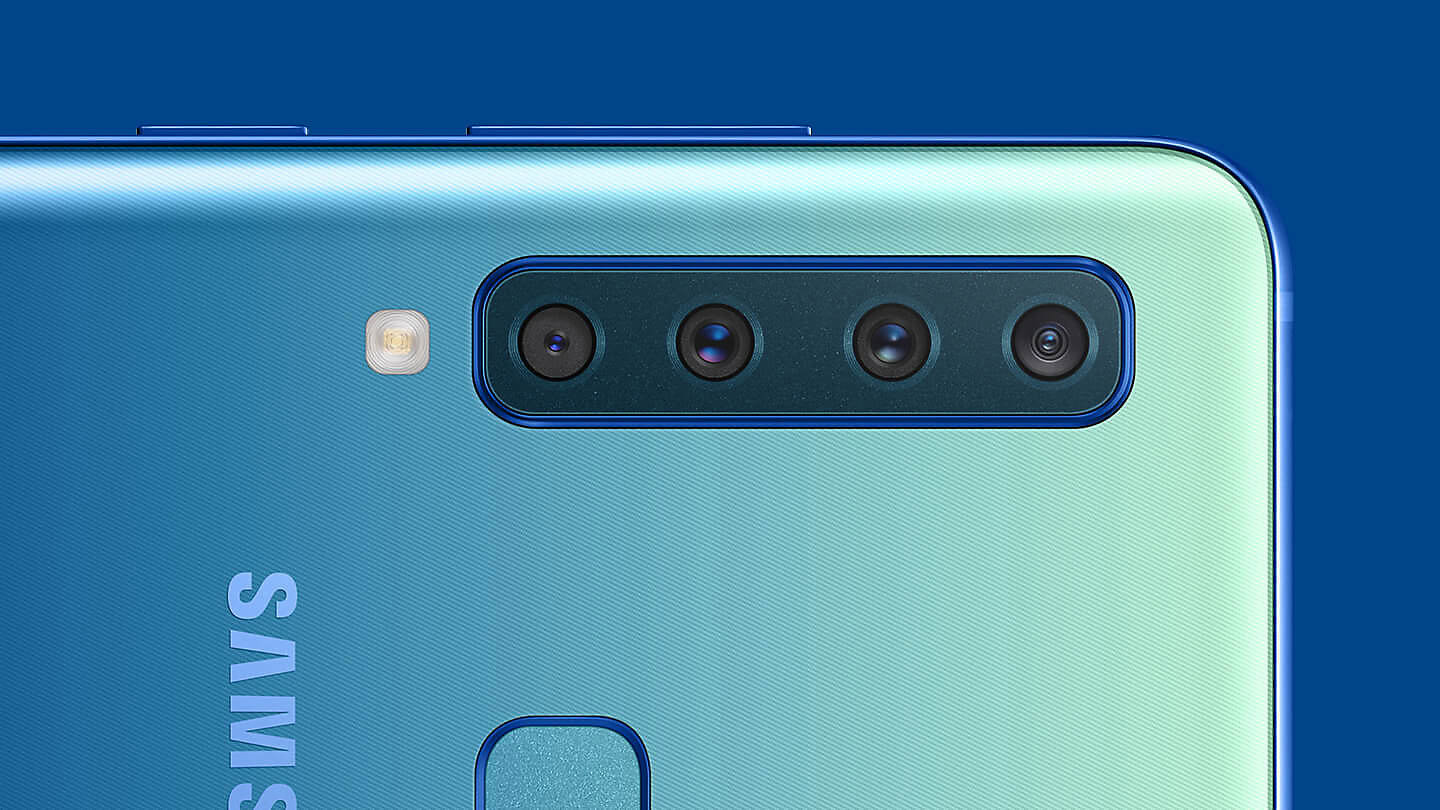
But Light has also been targeting the automotive, drone, digital camera, security camera, and robotics industries. This diversified approach could indeed pay dividends if mobile manufacturers aren’t clamoring for Light tech in their phones.
The company has also been busy securing capital in the past 12 months, announcing a $121 million injection from Leica and Softbank in July 2018. This is in addition to a 2015 investment by Hon Hai Technology Group (Foxconn), before the Light L16 was even out of the gate. So clearly major tech players see something interesting in Light camera technology.
Would you buy a phone with Light camera technology? Give us your thoughts in the comments!
NEXT: What devices are Android Authority readers using? (2019 edition)